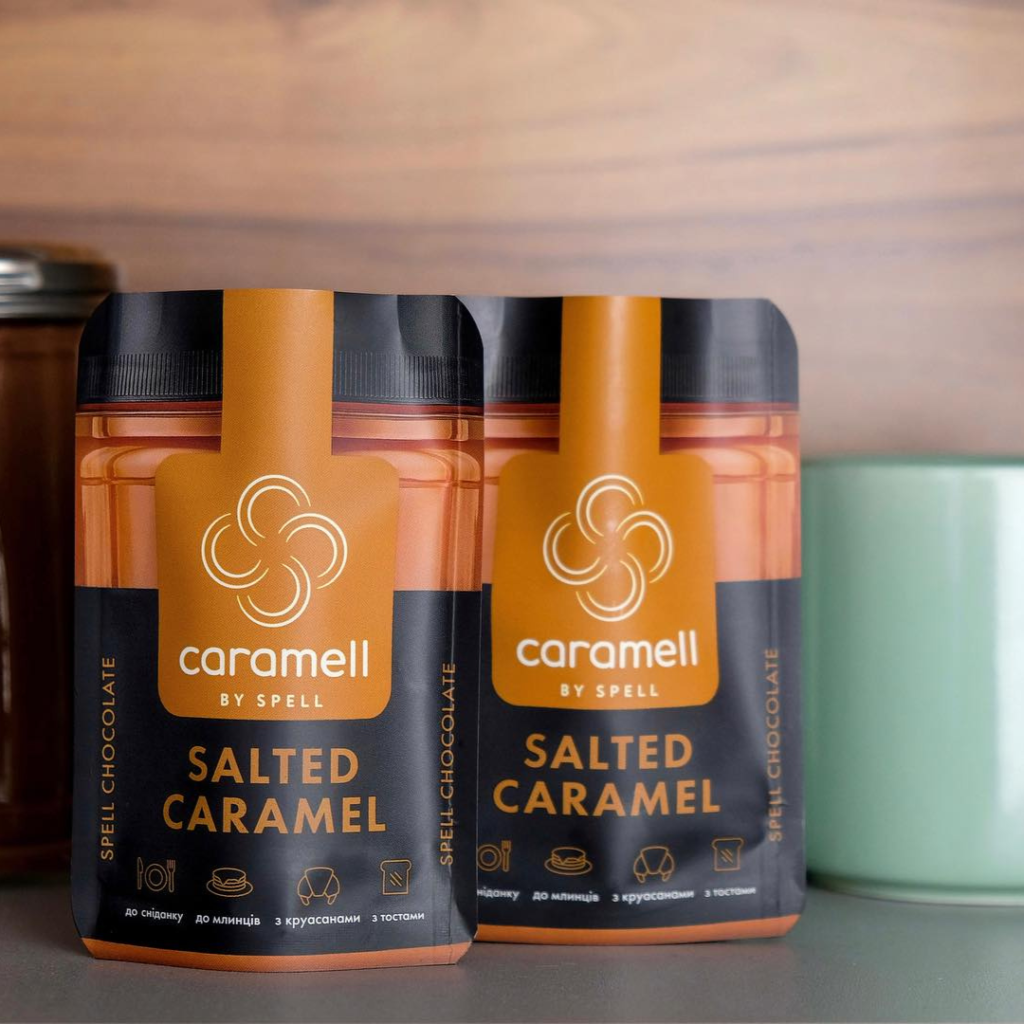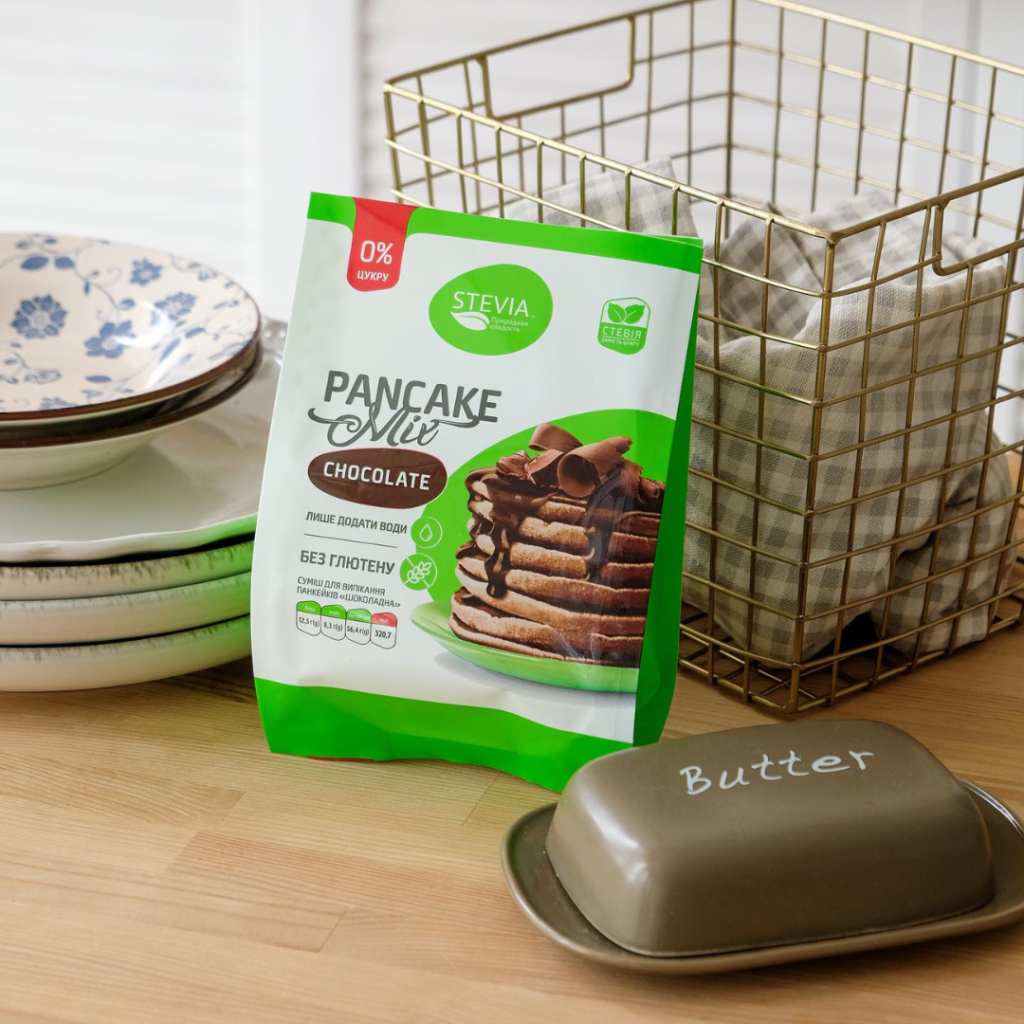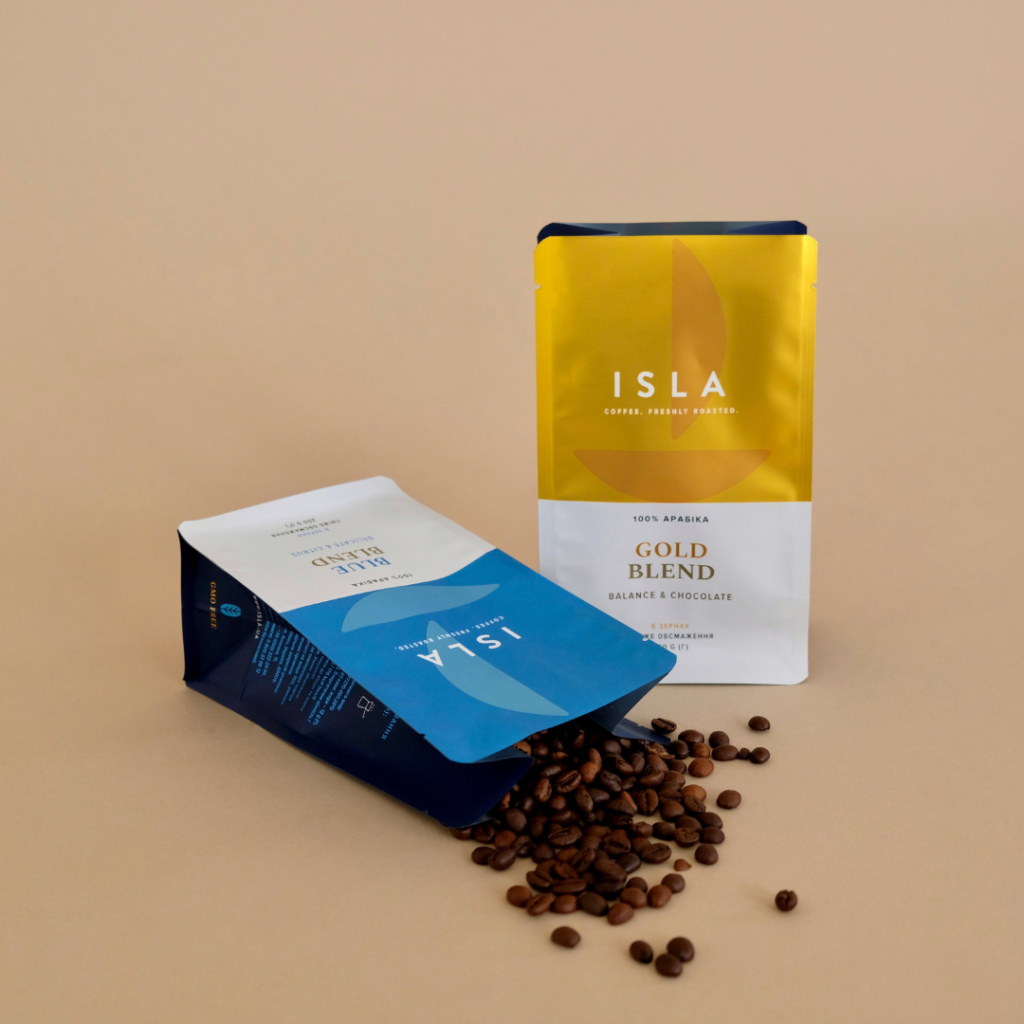Packaging that protects products: innovations in the world of flexible packaging
Content:
- The role of packaging in product preservation
- Innovations in the world of packaging materials
- Packaging features for different types of products
- Mono materials from Aris Pack: benefits for business and the environment
- The main advantages of Aris Pack packaging:
- The future of flexible packaging
In today’s world, packaging is key to keeping products safe. Not only does it protect against external influences, but it is also an important tool for extending the product’s shelf life, reducing food waste and providing convenience for consumers. In this article, we will look at how innovative materials such as monomaterials can improve packaging performance and ensure optimal product preservation.
The role of packaging in product preservation
The main task of packaging is to create a barrier between the product and the external environment. Moisture, oxygen, light, temperature fluctuations and mechanical damage all affect product quality. This is especially true for foodstuffs that spoil quickly under improper storage conditions.
Flexible packaging made from modern materials provides:
- Barrier protection: special films protect products from moisture, oxygen and UV radiation.
- Hermeticity: thanks to high-quality seams and the ability to create a vacuum or a modified gas environment, the products retain their properties for longer.
- Lightness and convenience: flexible packaging is lighter than traditional glass or metal analogues, which reduces transportation and storage costs.
- Environmental compatibility: the use of mono-materials allows packaging to be recycled, reducing its impact on the environment.
Innovations in the world of packaging materials
One of the most promising areas in flexible packaging is the development of mono-materials. These are polymeric materials that consist of a single type of plastic, such as polyethylene (PE) or polypropylene (PP). In contrast to multilayer packaging, which contains different materials and is difficult to recycle, mono-materials offer the following advantages:
Recyclable: due to their homogeneous structure, they are easy to sort and recycle.
High barrier qualities: modern technologies make it possible to create mono-materials with a high level of protection against moisture, oxygen and light.
Aesthetics: mono materials are easy to paint, allowing you to create packaging in a variety of colours and designs offered by ARIS.
Packaging features for different types of products
Depending on the properties of the product, packaging requirements can vary significantly.
- Dry products (cereals, flour, nuts)
For such products, protection against moisture and dust is essential. The best solution is to use doypack packaging with a zip-top closure that allows for multiple opening and closing. PE/PE or BOPP/CPP materials are best suited for preserving such products.
- Oxygen and UV-sensitive products (coffee, tea, spices)
In such cases, packaging with a high barrier to oxygen penetration is used. These can be materials containing EVOH, as well as materials based on aluminium oxide (Alox) or silicon (SiOx). For example, the packaging structure can be PE/PE+EVOH, BOPP/BOPP+Alox/CPP or BOPP/BOPP+SiOx/CPP. Gas vent valves are also often used for such products.
- Liquid and pasty foods (sauces, sour cream)
Flexible flat-bottomed containers or doypacks with sealed seams prevent leakage and allow liquids to be stored safely. Such packaging is designed with a stable bottom for easy handling and a tight seal achieved by using a fitting. PE/PE+EVOH material structures are recommended for these products.
- Frozen foods
For frozen foods, it is critical that the packaging can withstand low temperatures, maintain the integrity of the seal and remain flexible. PE/PE+EVOH materials are the best choice.
Mono materials from Aris Pack: benefits for business and the environment
Aris Pack offers a wide range of packaging solutions made from mono materials that combine sustainability, aesthetics and functionality. Our standard packaging options include pastel, white and black colours, as well as customised packaging to meet individual customer requirements.
The main advantages of Aris Pack packaging:
Flexibility in design: we create packaging that emphasises the uniqueness of the client’s brand.
Environmental responsibility: packaging is made from recyclable materials that meet modern sustainability requirements.
Barrier: provides reliable protection of products from moisture, oxygen and light, preserving their freshness and quality. This guarantees a long shelf life and maximum product safety.
The future of flexible packaging
Innovations in flexible packaging continue to evolve. Today, companies are already working on mono-materials that will retain high barrier properties. The packaging of the future will become even more environmentally friendly, interactive (with the ability to integrate QR codes or sensors) and adapted to individual consumer needs.
Flexible mono-material packaging from ARIS is not only an effective way to preserve products, but also a contribution to a future where quality, convenience and sustainability are integral to success.
Conclusion
Modern packaging is more than just product protection. It is a tool that helps to maintain quality, reduce waste and promote sustainable development. The use of innovative materials such as mono-materials opens up new business opportunities and helps to meet the demands of the modern market. By choosing packaging from ARIS, you are choosing the future.


